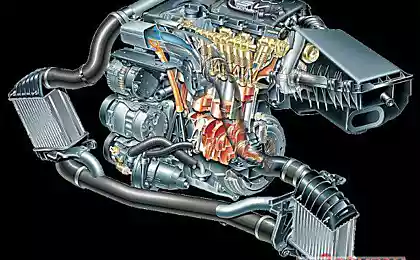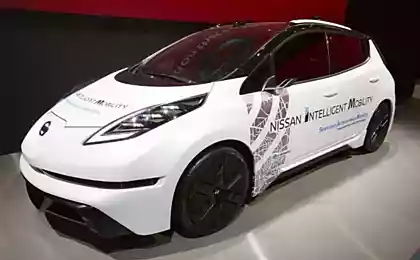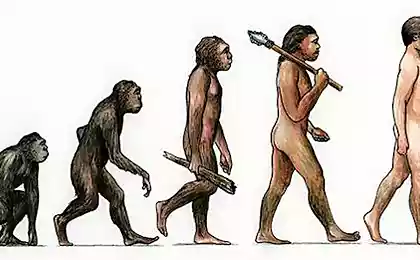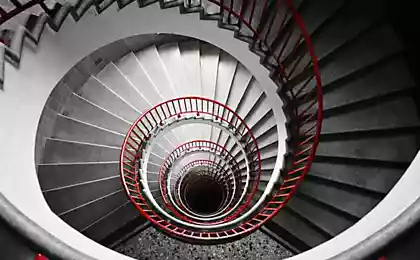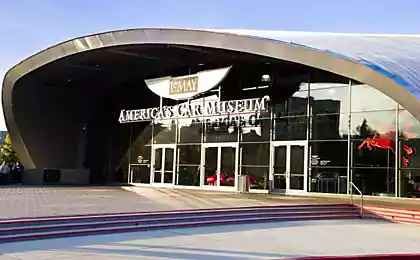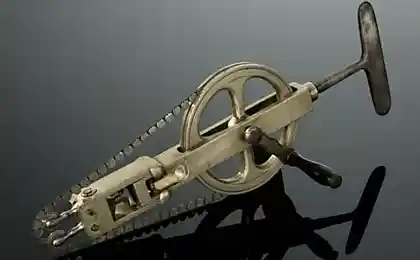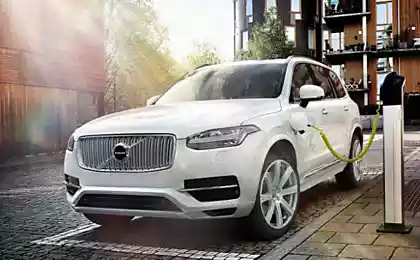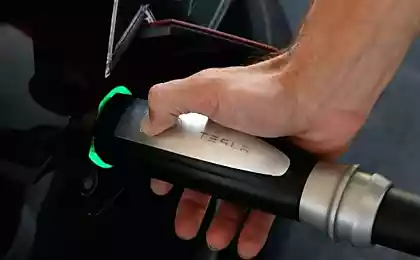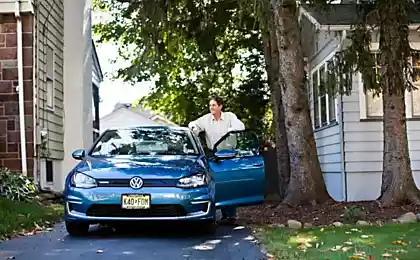767
The evolution of electric cars: the twenty-first century — on the path to perfection.
The past century can hardly be called successful period in the history of the development of electric vehicles, although the events of the last decade, still gave some hope for a better future.

2001: Founded in India 7 years ago, the REVA Electric Car company releases a new electrical mikrokar Revai, powered by lead-acid batteries (pictured above).
2003: born In California company Tesla Motors.
2004: TeslaMotorsприступает to create your first fully electric sports car Tesla Roadster. Its design is based on the stylish Lotus Elise, which is at that time very popular.
2005: On cinema screens out the documentary "Who killed the electric car?", which tells US birth EV1 and the causes of its failure.
2006: In the auto show in San Francisco, Tesla Motors sports electric car is the Tesla Roadster (pictured above), which largely changes the perception of society about electric transport. Many large automakers are starting to think seriously about the electric segment of the market.
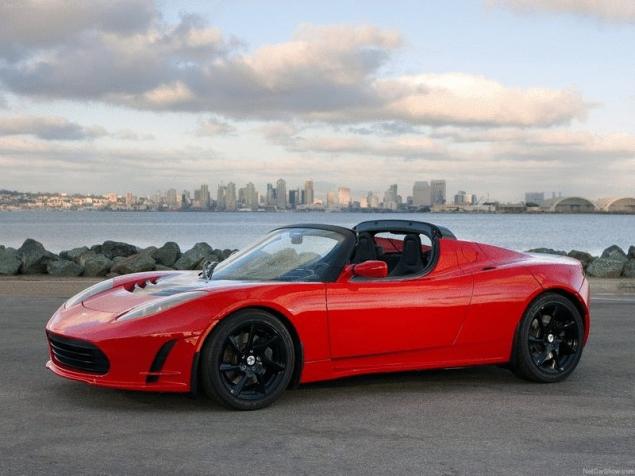
2008: Tesla Roadster becomes the first mass-produced electric vehicle, the batteries which used lithium-ion cells. This range of travel without recharging the battery for this electric vehicle is more than 300 km.
2008: In Norway started production of urban electric vehicle Th!nk City (pictured below).

2008: During his presidential race, Barack Obama said that if elected President, on U.S. roads by 2015 is expected to have 1 million hybrid and electric vehicles.
2009: US Department of energy allocates the loan of $ 8 billion to Ford, Nissan and Tesla Motors on the development of fuel efficient vehicles. These funds are part of the 25 billion dollar state program adopted in 2007.
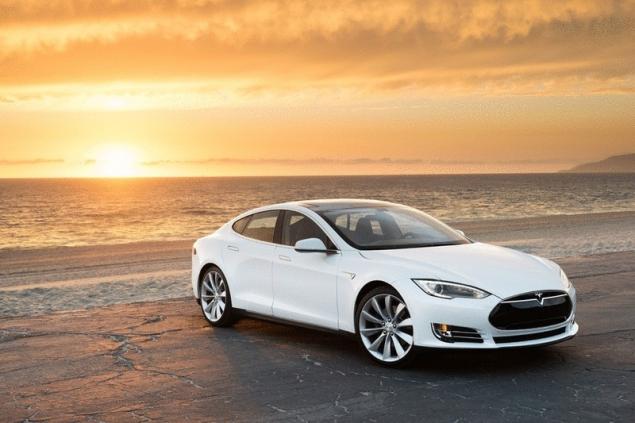
2009: Tesla Motors unveils a new electric Model S sedan (pictured above), which instantly gets high marks, from both the established professionals and from consumers.
2009: In Japan goes on sale i-MiEV from Mitsubishi (pictured below), and for 2 years, comes to the markets of Europe, China, Australia and the USA.
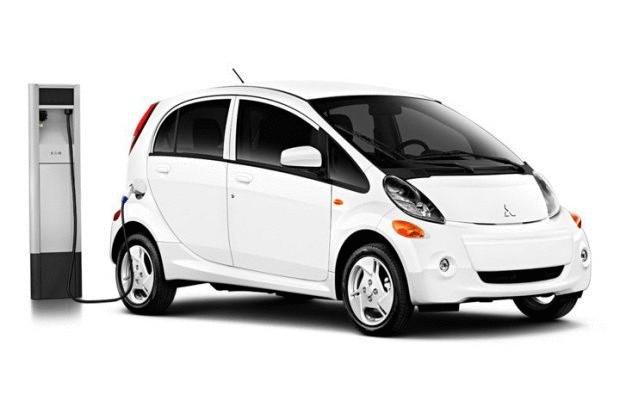
2010: Beginning of mass production of all-electric Nissan Leaf (pictured below) in Japan, which is first available for consumers from Japan and the United States. The electric car has a top speed of 145 km/h and has a range of travel without recharging 160 km charging the battery to 80% full capacity is around 30 minutes.
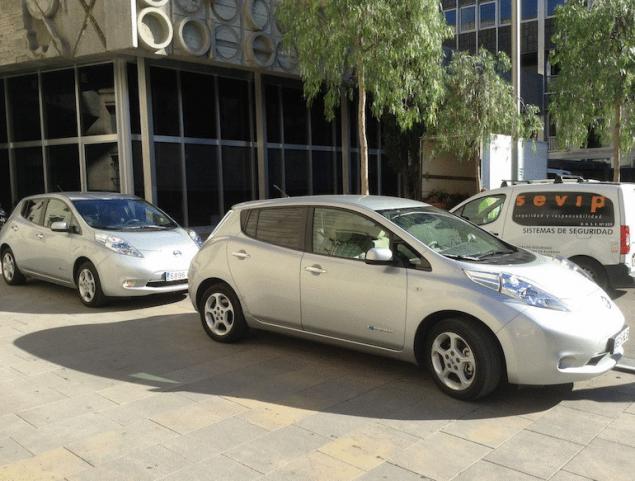
2010: the Number of electric vehicles on the roads worldwide is estimated at about 25 000 pieces. It is even less than on the roads in some of the United States in 1912, but on the other hand, a few years earlier – not even that!

2010: GeneralMotorsначинает mass production of the hybrid Chevy Volt (pictured above), which has much more range in comparison to the existing 100% of the carts.
2010: China's BYD starts production of the E6 (pictured below)
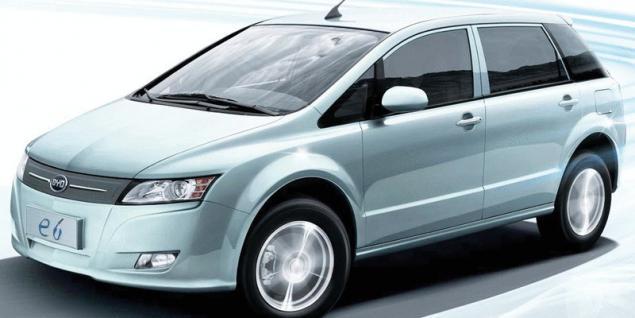
2011: the Mitsubishi i-MiEV becomes the first electric car, sales of which exceeded 10,000 units.
2011: the Number of electric vehicles on the roads worldwide is already 80 000. During the year, this figure increased more than 3 times!
2012: Teslaпоказывает new all-wheel drive electric crossover Model X, a performance not inferior to the ModelS.
2012: Tesla Motors begins building a network of SuperCharger charging stations throughout North America. For owners of Tesla use these "ingredients" are absolutely free.
2012: About 200,000 electric cars are on the roads worldwide. The increase compared to the previous year was 2.5 times.
2013: the Cost of the Nissan Leaf, due to begin production in Tennessee is reduced from 6 000 $. In the same year this model became the first electric car, whose sales surpassed 50,000 units.
2013: monthly sales, in some months the Tesla Model s And Nissan Leaf in Norway the number of sales go around the car with the engine and become the best-selling vehicles.
2013: the trend of increasing numbers of electric cars on the roads worldwide. Their number is estimated at 405 000 units (more than in 2 times exceeded a similar indicator of last year).
2014: global market presents a large number of fully electric and hybrid vehicles. Leading automakers all the more boldly come into the fight in this segment of the market.
2014: Tesla Motors announces the construction of a Gigafactory for manufacturing batteries. This will ensure a sufficient number of batteries for the ever-increasing output of Tesla.
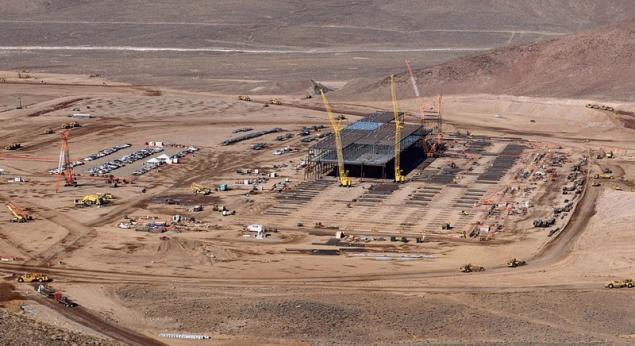
2014: Tesla opens its patents to all who agree to use them "in good faith", and announces the development of the electric vehicle of the 3rd generation Tesla Model III, which is silent to give a performance Model S, but it will become more accessible from a financial point of view. Start of production planned for 2017.
2014: Nissan Leaf becomes first electric car, whose sales exceeded 100,000 units.
2015: BYD Company joins the race to manufacture electric cars and batteries, which plans to build its own Gigafactiry. Such competition with the Tesla in the current market environment promises a significant reduction of the cost of batteries, and thus the electric vehicle as a whole.
In what direction will continue to evolve environmentally friendly electric vehicle — time will tell, but I want to believe that at this stage of history the rapid development of electric cars will be unstoppable! published
P. S. And remember, only by changing their consumption — together we change the world! ©
Source: ru.evbud.com/news/633/

2001: Founded in India 7 years ago, the REVA Electric Car company releases a new electrical mikrokar Revai, powered by lead-acid batteries (pictured above).
2003: born In California company Tesla Motors.
2004: TeslaMotorsприступает to create your first fully electric sports car Tesla Roadster. Its design is based on the stylish Lotus Elise, which is at that time very popular.
2005: On cinema screens out the documentary "Who killed the electric car?", which tells US birth EV1 and the causes of its failure.
2006: In the auto show in San Francisco, Tesla Motors sports electric car is the Tesla Roadster (pictured above), which largely changes the perception of society about electric transport. Many large automakers are starting to think seriously about the electric segment of the market.

2008: Tesla Roadster becomes the first mass-produced electric vehicle, the batteries which used lithium-ion cells. This range of travel without recharging the battery for this electric vehicle is more than 300 km.
2008: In Norway started production of urban electric vehicle Th!nk City (pictured below).

2008: During his presidential race, Barack Obama said that if elected President, on U.S. roads by 2015 is expected to have 1 million hybrid and electric vehicles.
2009: US Department of energy allocates the loan of $ 8 billion to Ford, Nissan and Tesla Motors on the development of fuel efficient vehicles. These funds are part of the 25 billion dollar state program adopted in 2007.

2009: Tesla Motors unveils a new electric Model S sedan (pictured above), which instantly gets high marks, from both the established professionals and from consumers.
2009: In Japan goes on sale i-MiEV from Mitsubishi (pictured below), and for 2 years, comes to the markets of Europe, China, Australia and the USA.

2010: Beginning of mass production of all-electric Nissan Leaf (pictured below) in Japan, which is first available for consumers from Japan and the United States. The electric car has a top speed of 145 km/h and has a range of travel without recharging 160 km charging the battery to 80% full capacity is around 30 minutes.

2010: the Number of electric vehicles on the roads worldwide is estimated at about 25 000 pieces. It is even less than on the roads in some of the United States in 1912, but on the other hand, a few years earlier – not even that!

2010: GeneralMotorsначинает mass production of the hybrid Chevy Volt (pictured above), which has much more range in comparison to the existing 100% of the carts.
2010: China's BYD starts production of the E6 (pictured below)

2011: the Mitsubishi i-MiEV becomes the first electric car, sales of which exceeded 10,000 units.
2011: the Number of electric vehicles on the roads worldwide is already 80 000. During the year, this figure increased more than 3 times!
2012: Teslaпоказывает new all-wheel drive electric crossover Model X, a performance not inferior to the ModelS.
2012: Tesla Motors begins building a network of SuperCharger charging stations throughout North America. For owners of Tesla use these "ingredients" are absolutely free.
2012: About 200,000 electric cars are on the roads worldwide. The increase compared to the previous year was 2.5 times.
2013: the Cost of the Nissan Leaf, due to begin production in Tennessee is reduced from 6 000 $. In the same year this model became the first electric car, whose sales surpassed 50,000 units.
2013: monthly sales, in some months the Tesla Model s And Nissan Leaf in Norway the number of sales go around the car with the engine and become the best-selling vehicles.
2013: the trend of increasing numbers of electric cars on the roads worldwide. Their number is estimated at 405 000 units (more than in 2 times exceeded a similar indicator of last year).
2014: global market presents a large number of fully electric and hybrid vehicles. Leading automakers all the more boldly come into the fight in this segment of the market.
2014: Tesla Motors announces the construction of a Gigafactory for manufacturing batteries. This will ensure a sufficient number of batteries for the ever-increasing output of Tesla.

2014: Tesla opens its patents to all who agree to use them "in good faith", and announces the development of the electric vehicle of the 3rd generation Tesla Model III, which is silent to give a performance Model S, but it will become more accessible from a financial point of view. Start of production planned for 2017.
2014: Nissan Leaf becomes first electric car, whose sales exceeded 100,000 units.
2015: BYD Company joins the race to manufacture electric cars and batteries, which plans to build its own Gigafactiry. Such competition with the Tesla in the current market environment promises a significant reduction of the cost of batteries, and thus the electric vehicle as a whole.
In what direction will continue to evolve environmentally friendly electric vehicle — time will tell, but I want to believe that at this stage of history the rapid development of electric cars will be unstoppable! published
P. S. And remember, only by changing their consumption — together we change the world! ©
Source: ru.evbud.com/news/633/

